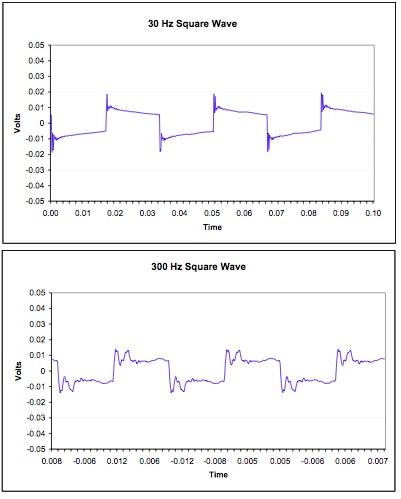rsaavedra
Headphoneus Supremus
- Joined
- Jan 20, 2002
- Posts
- 5,819
- Likes
- 21
Quote:
Ah ok, so the graphs in the PDF don't come from five measurements then (just from one, we can assume.)
Still, I think one case to clarify would be how big the differences between left and right drivers, even after five measurements and averaging, would need to be to suggest that the best course of action might be to try repeating the measurements with another headphone of same model.
| Originally Posted by Tyll Hertsens /img/forum/go_quote.gif Again, this is exactly why I'll be taking 5 FR measurements and averaging them: to see if the noise in the highs can be reduced to give an accurate measure of response up there. |
Ah ok, so the graphs in the PDF don't come from five measurements then (just from one, we can assume.)
Still, I think one case to clarify would be how big the differences between left and right drivers, even after five measurements and averaging, would need to be to suggest that the best course of action might be to try repeating the measurements with another headphone of same model.









































